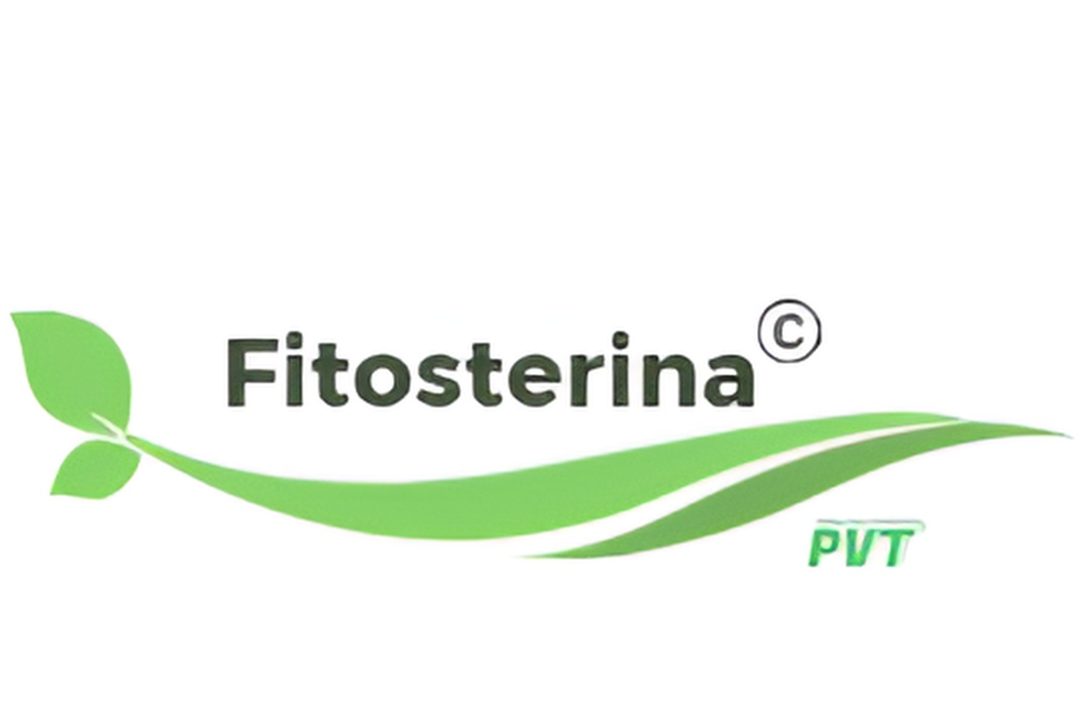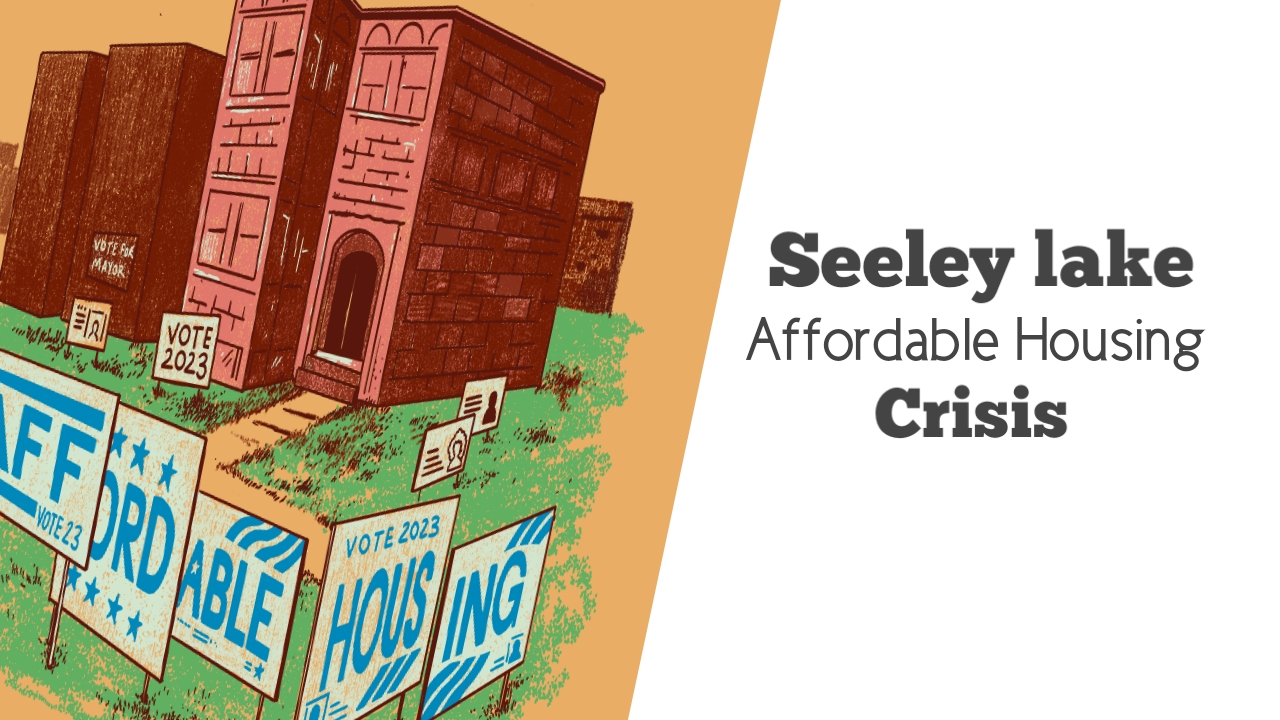The affordable housing crisis in Seeley Lake, Montana, is emblematic of a growing trend that is becoming increasingly pronounced in rural communities across the United States. As small towns and cities struggle with rising living costs and housing scarcity, Seeley Lake grapples with a distinct set of challenges that necessitate urgent action and creative solutions. This article delves deeper into the root causes of this crisis, its economic ramifications, the demographics most affected, and actionable strategies for addressing the pressing needs of the residents in Seeley Lake.
Understanding the Seeley Lake Affordable Housing Crisis
The crisis surrounding affordable housing in Seeley Lake stems from a complex interplay of various factors that have made finding suitable housing increasingly difficult for long-standing residents. Known for its stunning scenery and vibrant recreational opportunities, Seeley Lake has become a sought-after destination for those seeking vacation homes or contemplating permanent relocation. This sudden surge in interest has led to escalating property values, severely restricting access to affordable housing for local families.
Key Factors Behind the Crisis
- Limited Housing Inventory: Seeley Lake faces a critical shortage of available housing. Stringent zoning laws, environmental regulations, and lengthy permitting processes hinder the development of new housing units. In addition, high land acquisition costs—coupled with a limited supply—inflate housing prices, resulting in a persistent affordability crisis.
- Increased Demand from External Buyers: The area’s picturesque landscape has attracted a wave of out-of-state buyers, particularly from urban centers. Many seek to invest in vacation properties, which drives up demand and stimulates fierce competition in the housing market. Local residents often cannot compete financially against these external buyers, leading to a growing disparity in housing accessibility.
- Insufficient Affordable Housing Initiatives: Although some efforts have been made to enhance the supply of affordable housing, these initiatives often fall short of addressing the escalating demand. The lack of substantial funding and infrastructure for comprehensive affordable housing projects limits meaningful progress. Local governments often face challenges in garnering support from state and federal entities, which further stalls development.
Economic Impact of the Crisis on Seeley Lake
The repercussions of the affordable housing crisis extend beyond individual households; they reverberate throughout the entire community. Increasing housing costs contribute to a heightened cost of living, placing a disproportionate burden on lower- and middle-income families. Many residents are forced to relocate further from employment centers in search of affordable housing, leading to longer commutes, increased transportation costs, and a diminished quality of life.
Moreover, local businesses are directly affected as the housing shortage complicates hiring efforts. Employers struggle to recruit and retain a reliable workforce, leading to decreased operational hours or, in extreme cases, business closures due to staffing shortages. As local economies suffer, the community’s vibrancy and overall well-being are put at risk.
Who is Affected the Most?
Among the populations most affected are working families, especially those employed in essential sectors such as education, healthcare, and hospitality. These critical workers are often unable to secure stable housing due to skyrocketing prices and insufficient availability. Young professionals and fresh graduates eager to establish roots in Seeley Lake face similar hurdles, thwarted by fierce competition in the housing market that hinders their aspirations of homeownership.
Exploring Potential Solutions
Despite the daunting nature of Seeley Lake’s affordable housing crisis, several viable solutions could promote more accessible housing options:
- Incentives for Affordable Housing Development: Implementing government incentives such as tax credits, grants, or subsidies can encourage developers to construct affordable housing units. Changing zoning laws to facilitate higher-density developments, including townhomes and multi-family apartments, can help broaden the available housing stock.
- Public-Private Partnerships: Collaborations between local governments and private entities can lead to creative solutions for affordable housing. These partnerships can pool resources to secure funding for projects that prioritize the needs of the community while fostering sustainable growth.
- Community-Led Initiatives: Emphasizing grassroots involvement allows local residents to take charge in addressing housing shortages. The establishment of housing cooperatives enables residents to collectively manage resources and tailor developments to meet community-specific needs.
- Long-Term Rent Control Policies: Implementing rent control measures can provide essential relief for long-term renters facing displacement due to rising costs. By capping rent increases, vulnerable residents can be safeguarded from potential homelessness while more affordable housing is being developed.
The Role of Local Government in Mitigating the Crisis
Local government is critical in effectively addressing the housing crisis. Prioritizing affordable housing projects within local planning and actively seeking state and federal funding will be vital in advancing solutions. Transparency and collaboration among stakeholders—including businesses, community organizations, and housing advocates—will enable the formulation of comprehensive strategies that address the diverse housing needs of the community.
Conclusion
The affordable housing crisis in Seeley Lake is a complex issue that requires immediate and collaborative action. With housing prices escalating and options dwindling, timely solutions are necessary for the community’s long-term residents. By leveraging incentives for developers, fostering public-private partnerships, and promoting community engagement, Seeley Lake can pave the way toward accessible, sustainable housing for all its inhabitants.
Frequently Asked Questions (FAQ)
Q1: What factors are driving the surge in property values in Seeley Lake?
A1: The picturesque landscapes and recreational offerings of Seeley Lake have attracted a significant influx of out-of-state buyers looking for vacation homes, greatly inflating property values and creating intense competition that local residents struggle to navigate.
Q2: What demographics are most affected by the affordable housing crisis?
A2: Working families, particularly those in crucial sectors like education and healthcare, as well as young professionals eager to settle in the area, are disproportionately impacted by the lack of affordable housing options.
Q3: What actions can be taken to promote affordable housing development?
A3: Steps to increase affordable housing supply include offering government incentives to developers, establishing public-private partnerships, initiating community-driven housing projects, and implementing rent control measures to protect long-term renters.
Q4: How can residents contribute to resolving the housing crisis?
A4: Residents can participate in community meetings, support local initiatives focused on affordable housing, and explore cooperative housing models that prioritize community needs and preferences.
Q5: What role does local government play in addressing the affordable housing crisis?
A5: Local government is integral in prioritizing affordable housing in planning processes, securing necessary funding, and working with various stakeholders to implement holistic housing strategies.
Q6: Are there any current affordable housing projects underway in Seeley Lake?
A6: The status of affordable housing projects may vary; residents are encouraged to stay informed through local government announcements, community newsletters, and public forums for updates on ongoing or proposed initiatives.
As Seeley Lake confronts its affordable housing crisis, it is imperative that the community, government officials, and local businesses unite in their efforts to ensure affordable living is within reach for area residents. This collective endeavor will help preserve the community’s character and support its long-term viability.





